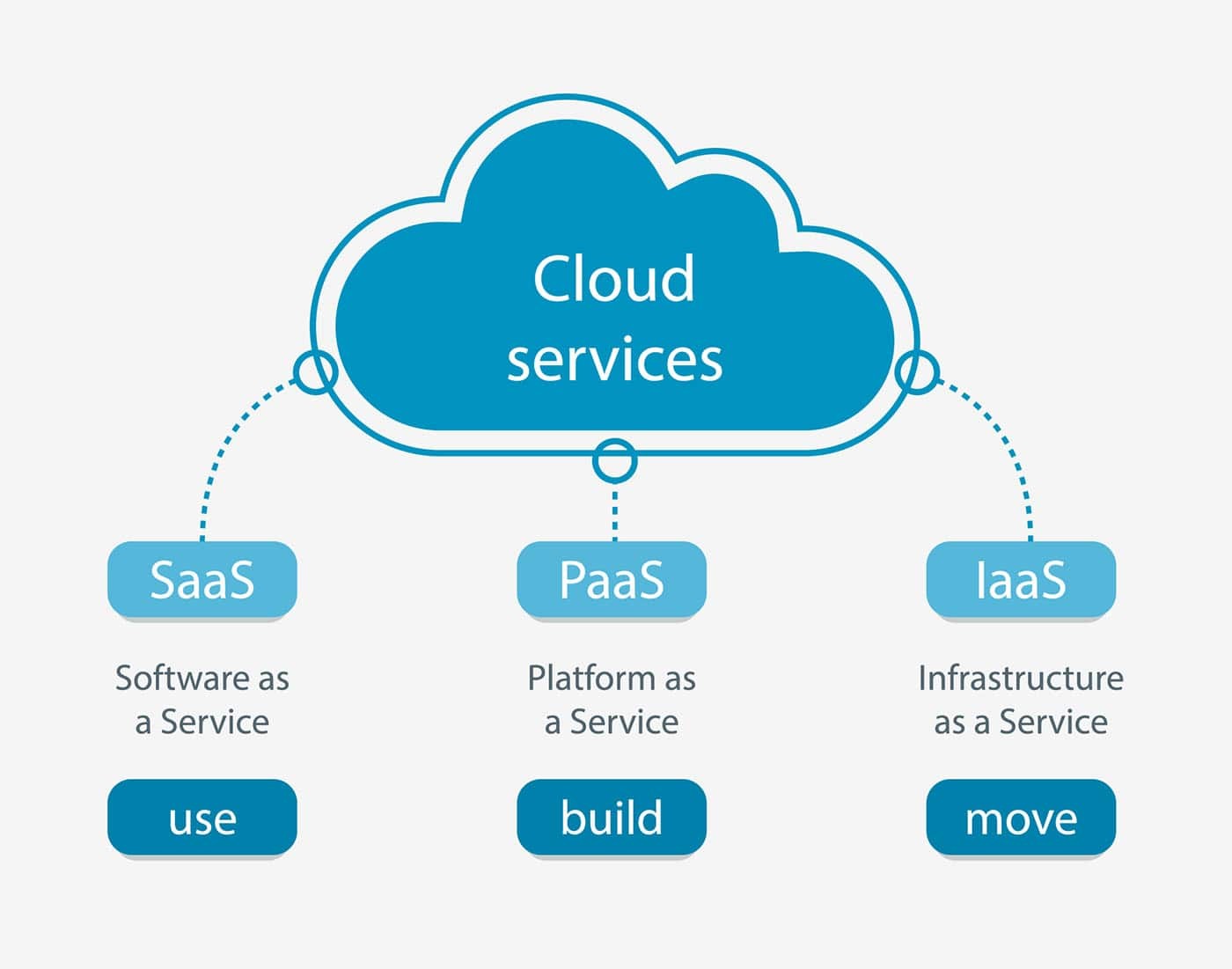For an IT start-upper, IT entrepreneur, or CTO it is optional no longer to have a firm idea about the potential Cloud Computing can put at one’s disposal, as this can impact their IT project very heavily. One can reduce their app’s time-to-market and development costs by dozens of times, or waste a whale of time and money on a travesty of functionality that is readily available for relative peanuts.
It wouldn’t even occur to anyone to start, all of a sudden, growing the ingredients for a fancy dish under their window on a city block. It may take a half a lifetime, cost more than their mortgage, and end up into a resounding flop, - something you wouldn’t eat even when starving. How about a pig sty, a field of barley, or an avocado plantation for something you’ve read out of a cook book for your Sunday meal? Right, there are people who grow all this stuff for a living, - you can just buy it and spend hundreds of times less.

Since the advent of Cloud Computing, the same holds true for software. However, for some reason, a lack of awareness creates thousands of makeshift “pig sties”, leaving their owners strapped for funds and poised for further action. Indeed, oftentimes, Cloud Computing simplifies things beyond imaginable. Generally speaking, it gives one a whole lot of very tangible advantages:
-
You will be able to set up, promptly and relatively effortlessly, the whole of the development, testing and production infrastructure, thus enabling the use of DevOps and the Continuous Integration and Continuous Delivery approaches.
-
You will be able to use a large number of readily available services to quickly and cost-effectively develop the functionality you need.
-
Your users will be able to access, scale, and manage otherwise the infrastructure they need from, even, the farthest reaches of the planet, provided they can find an Internet connection there.
-
You can respond immediately to any fluctuations in the workload by effortlessly scaling up your infrastructure’s capacity.
-
You will be able to support your multi-tier data security clearance by being able to choose from private and public data storage options, or a combination thereof.
-
You won’t have to worry about security any more, and able to use Cloud, encryption, and API keys for data security purposes.
-
Your applications will be immune to any possible hardware failures.
-
You will not have to pick up the tab for any servers or any other costly hardware.
-
You will be able to get rid of the need to support and maintain the underlying infrastructure and focus on the app development process: whatever needs to be done in terms of the support and maintenance will be handled by your Cloud Service Provider.
-
You will always be on the leading edge of technology without having to follow all the technology trends, make hefty investments, or hire expensive experts to take care of the whole thing.
-
You will be able to cut your product’s time-to-market.
Does all this sound like something you could make use of? Great! You can do so relatively easily. However, it has to be mentioned there are two major gotta-have factors for succeeding with Cloud Computing:
-
Being cognizant of all the Cloud Computing capabilities, relevant to your project.
-
Planning one’s use of Cloud Computing beforehand, prior to the kickoff of a project, and starting to use it during an early stage.
As you, probably, understand, both the above prerequisites call for in-depth knowledge of Cloud Computing. If you are not sufficiently familiar with the potential it brings, it will be hugely difficult for you to figure it out off-the-cuff and understand what exactly and how can be employed to benefit your project.
Also, if you choose to use Cloud Computing at a later point in the development cycle, you may, suddenly, discover that for some of the functionality you’ve spent time and money on developing a Cloud Computing capability could have been used, - easily and immeasurably more affordably. Moreover, you may, even, be forced to dump part of what’s been already implemented to be able to use other Cloud Computing capabilities.
In order to help you get a handle on the potential of Cloud Computing, we’ll take the AWS (Amazon Web Services) platform as an example and dwell on some of the AWS services that allow one to significantly speed up the development of various must-have applied functions of a future product, rather than on the well-known Amazon capabilities (such as, for instance, AWS Elastic Beanstalk, EC2, Lambda, S3, CloudWatch, and Elastic Load Balancer).
And any software and user experience starts with login…

Amazon Cognito
On the face of it, there is nothing simpler than login functionality. Except that, when poorly implemented, it can cause your application to make an indelible first impression on your users you don’t, really, want it to make.
In actuality, there is a lot more to a viable login capability than just a couple of fields to enter a user name and password and a button that allows submitting this data into the system. You need to ensure data security, including during the transit of data to the backend. You need to implement email or phone-based user authorization. You need to implement login using the more popular social networks. In the case of a more intricate user hierarchy, you will have to implement multi-tier user clearance, and this will further complicate matters for you. All in all, the whole thing will translate in a sizable development effort you can almost entirely do without if you opt for a readily available Cloud service, such as, for instance, Amazon Cognito
In our opinion, such a great service, as Amazon Cognito, can spare you both the headache and costs. You can easily add user registration and authorization capabilities to Web and mobile apps alike, while being able to scale up their capacity to millions of users. You can also add social network- and SAML 2.0-based authorization.
Amazon Pinpoint
If you’ve taken the right approach to implementing the login of your app and it’s secure and not off-putting to your users, there is still a lot you’ll need to keep them hooked. There are multiple, diverse, and, often, concurrent events in any major system your users need to be continually notified about in the way of they prefer.

In order to have this, you will need to dynamically segment your audience in an advanced manner and be able to identify the interests of each of these segments. You will also need to create and send notifications associated with individual users’ interests and needs. For instance, there will be the need to support the sending of new service codes.
Can you imagine the gigantic amount of development implementing all this from the ground up will involve?
In our view, by far the easiest way of equipping your application with advanced client notification, interaction, and retention functionality is using an appropriate Cloud Computing capability, for example, Amazon Pinpoint.
Amazon Pinpoint comprises 3 main types of functionality: Amazon Pinpoint Engagement Channels, Amazon Pinpoint Engagement Management, and Amazon Pinpoint Analytics.
Amazon Pinpoints Analytics allows a one-point view of client data, gleaned from across those of your software platforms and products, which the client has used. This data can be collected both internally and received from external sources in real time. When amassed all in the same place, it represents a comprehensive imprint of the client’s interests, likes, preferences and important attributes that include the devices they use, location, revenue generated by this client, their demographics, and other miscellaneous client-specific data that can be used for segmentation purposes.
Amazon Pinpoint Engagement Management makes it possible to use the amassed client data to outreach your audience via multiple channels (email, SMS, voice, and push notifications), including, whenever required, from local phone numbers. Notably, the Amazon Pinpoint API allows generating and sending on-demand client messages. Besides, the ability to trace the connection between individual clients and specific marketing events allows you to measure the impact of your marketing efforts and further refine your next steps.
Overall, while, in our point of view, the service leaves nothing to envy from similar systems, there are also two major advantages you can achieve with Amazon Pinpoint versus in-house development from scratch: extra reliability and a high sending speed. This can be achieved due to the globally distributed architecture of Amazon Web Services, - something next-to-impossible to ensure unless you are an industry-leading global Cloud Computing market player yourself.
Amazon Simple Email Service (Amazon SES)
This Cloud-based email-sending service can be used by Digital Marketers and app developers to cost-effectively send marketing and transactional messages and notifications en masse. It can be easily integrated into an application or bug-tracking system. Long story short, in our book, Amazon SES represents just another ample opportunity to spend your dough and precious time more optimally.

Let’s take a closer look at how the service can fulfill your needs:
-
You can send all kinds of automated transactional email messages, - from policy change-related notices and purchase confirmations to shipping notifications and order status updates.
-
You can send all sorts of notifications, for example, various application alerts.
-
You can outreach your target audiences with a variety of marketing communications, including newsletters, ads, and special offer and discount notices.
-
Certainly, you can receive incoming mail too.
Amazon Cloud Search Providers (Elasticsearch and Amazon CloudSearch)
If your app is designed to interact with the user extensively (as most software apps, for example, eCommerce ones, are), you need to fit it out with a viable search capability, and this is one tough row to hoe.

Unless you fancy a lengthy development effort you don’t need (and one involving NLP and ML, to boot), you can solve the problem by going for Amazon CloudSearch or Elasticsearch.
In fact, there are two equally efficient search options you can make use of with AWS: Amazon CloudSearch, provided by Amazon, and AWS hosted Elasticsearch Service, which you can, as an alternative, also download and install independently.
With Amazon Services, you can easily incorporate robust search functionality into your app, and search for any information it contains fast and with great efficiency. You can scale your Search Service capability to any size, and manage your usage of the service so, that no downtime will ever take place. Amazon Elastic Search or CloudSearch will allow you to:
-
Securely import data from other sources.
-
Search, analyze and visualize this data in real time.
You can integrate your search service with any other Amazon web service.
Add the ability to pay only for the consumed amount of service, without the need to pre-pay and regardless of the service level, and you have an alternative you cannot afford to just pass up.
AWS provides a diverse number of awesome services one can employ to make things simpler and cut costs. We’ll tell you more about them in a forthcoming sequel to this article.
Disclaimer: The present article reflects solely the subjective viewpoint of the SYTOSS Development Team on the topics, covered herein, and does not represent an advice to buy or not to buy, or use or not to use any software product or technology.


